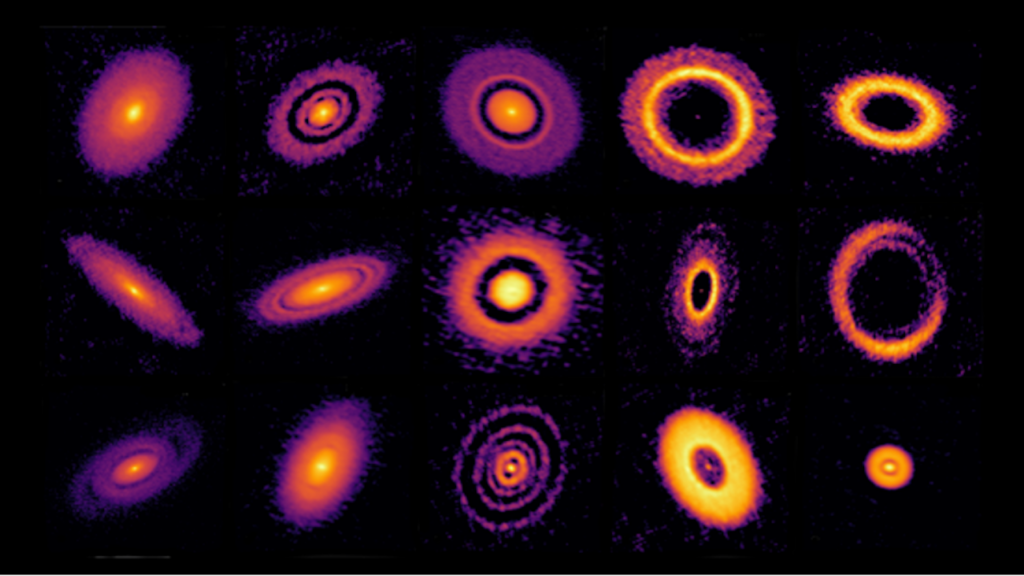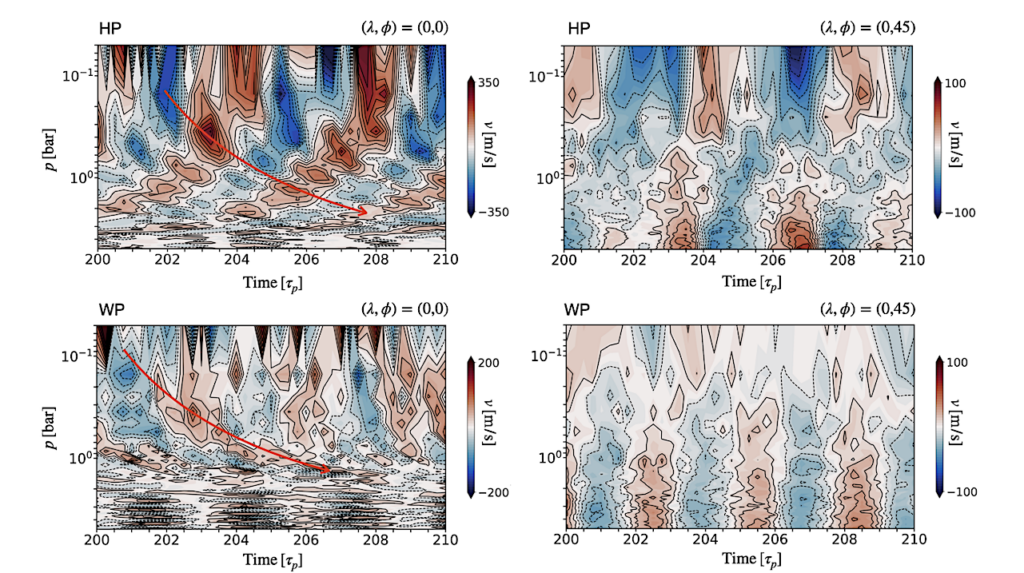The Frequency of Planetary Systems Around G-dwarfs

We determine the fraction of G-dwarf stars that could host stable planetary systems based on the observed properties of binaries in the Galactic field, and in various postulated primordial binary populations, which assume that the primordial binary fraction is higher than that in the field.
We first consider the frequency of Solar System analogues – planetary systems that form either around a single G-dwarf star, or a binary containing a G-dwarf where the binary separation exceeds 100-300au. If the primordial binary fraction and period distribution is similar to that in the field, then up to 63 per cent of G-dwarf systems could potentially host a Solar System analogue. However, if the primordial binary fraction is higher, the fraction of G-dwarf systems that could host a planetary system like our own is lowered to 38 per cent.
We extend our analysis to consider the fraction of G-dwarf systems (both single and binary) that can host either circumprimary planets (orbiting the primary star of the binary) or circumbinary planets (orbiting both stars in the binary) for fiducial planetary separations between 1 – 100au. Depending on the assumed binary population, in the circumprimary case between 65 and 95 per cent of systems can host a planet at 1au, decreasing to between 20 and 65 per cent of systems that can host a planet at 100au. In the circumbinary case, between 5 and 59 per cent of systems can host a planet at 1au, increasing to between 34 and 75 per cent of systems that can host a planet at 100au.
Our results suggest that the assumed binary fraction is the key parameter in determining the fraction of potentially stable planetary systems in G-dwarf systems and that using the present-day value may lead to significant overestimates if the binary fraction was initially higher.
Richard J. Parker, Sascha P. Quanz (ETH Zurich, Switzerland) (Submitted on 28 Aug 2013)
Comments: 10 pages, 4 figures, accepted for publication in MNRAS
Subjects: Earth and Planetary Astrophysics (astro-ph.EP); Galaxy Astrophysics (astro-ph.GA)
Cite as: arXiv:1308.6279 [astro-ph.EP] (or arXiv:1308.6279v1 [astro-ph.EP] for this version) Submission history From: Richard Parker [v1] Wed, 28 Aug 2013 20:00:00 GMT (53kb)








